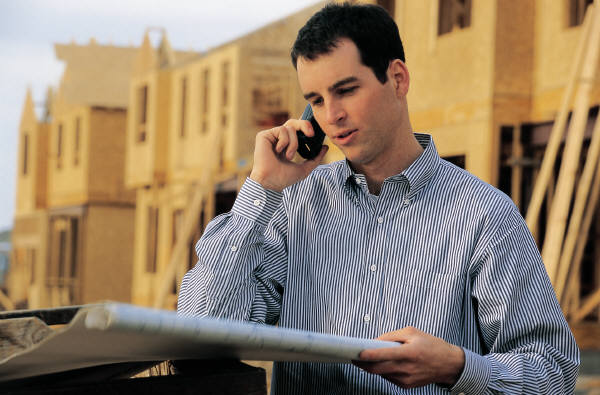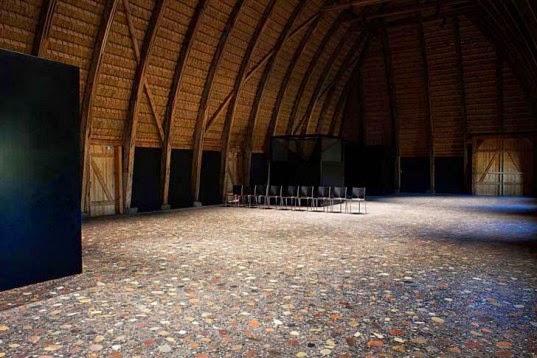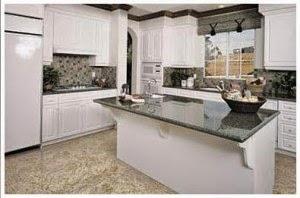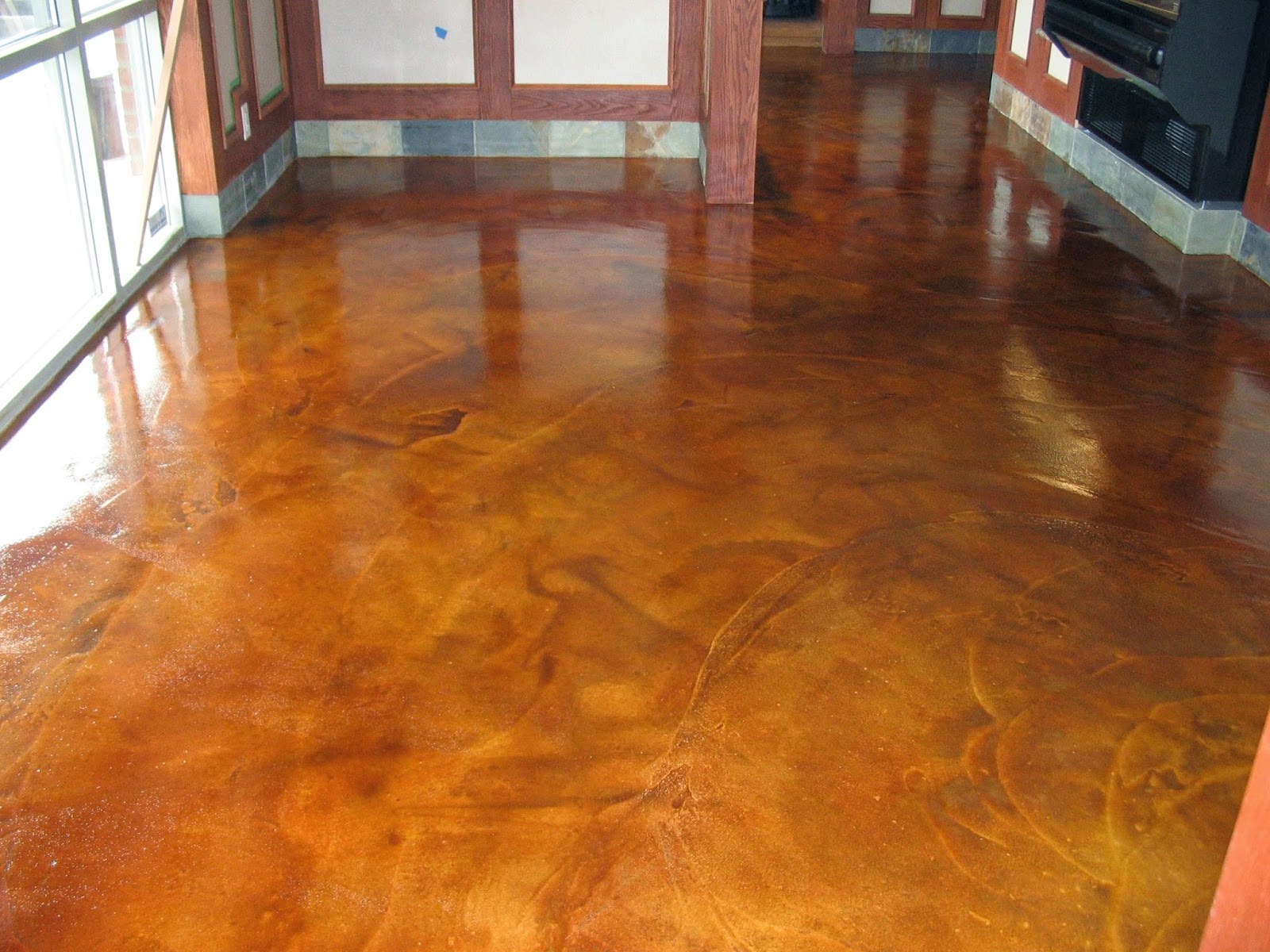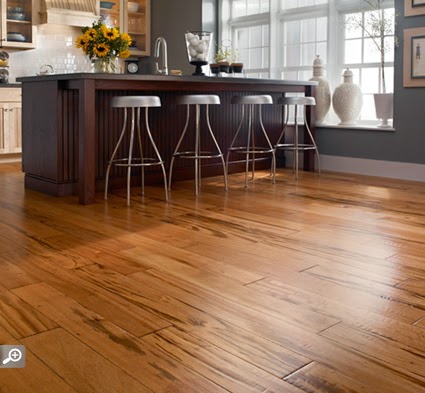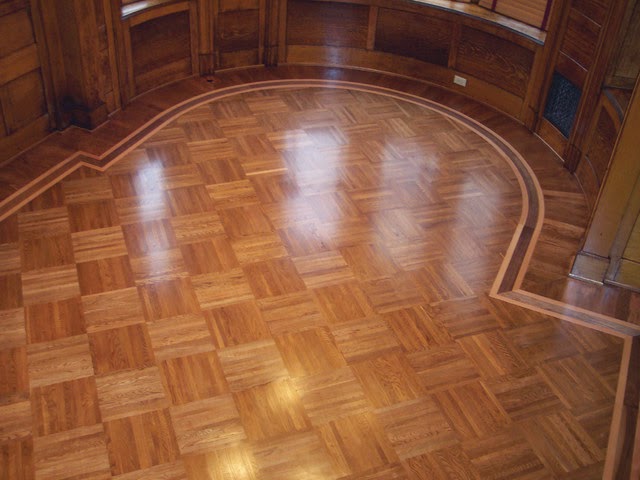After preparing the PROJECT BRIEF and preparing a rough sketch of the plan you have in mind (using the VASTU PLAN), it is time to meet an ARCHITECT. Who is an Architect and what is the nature of his work? Read on....
DEFINITION OF AN ARCHITECT.
The word "architect" comes from Latin architectus, which in turn is derived from the Greek arkhitekton (arkhi, chief + tekton, builder"). In its broadest sense, an Architect is a person who translates a user's requirements into a built environment.
DEFINITION OF AN ARCHITECT.
The word "architect" comes from Latin architectus, which in turn is derived from the Greek arkhitekton (arkhi, chief + tekton, builder"). In its broadest sense, an Architect is a person who translates a user's requirements into a built environment.
OBJECT OF AN ARCHITECT:
An Architects’ primary object is to provide for the spatial and shelter needs of people by the creative organisation of materials and components into a structure which is functional, economical, practical, artistic and aesthetic while considering pragmatic elements such as cost, construction limitations and technology.
ARCHITECT'S TRAINING:
Architects are trained in many areas, from historic preservation to structural engineering. Like doctors and lawyers, Architects need to complete extensive university programs of at least 5 years and lengthy internships. In most parts of the world, Architects must pass a series of rigorous exams in order get the license to practise. In India, the initials 'B.Arch.' designate a registered or licensed Architect.
NATURE OF WORK OF AN ARCHITECT:
- Interdisciplinary: The work of an Architect is an interdisciplinary field, drawing upon mathematics, science, art, technology, social sciences, politics and history. This calls for originality, creativity, conceptualization, perception, aesthetic values and a holistic judgment of people and places.
- Indoor and Outdoor: An Architect has to do outdoor as well as indoor work.
- Be up-to-date : He has to keep track of developments of new methods and materials, analyze their limitations and potential.
- Evaluation: An Architect is also called upon to prepare land surveys, evaluate lands and buildings for insurance, mortgage or transfer purposes.
- Technical advice: He may give technical advice on planning, improving or beautifying landscapes (that is the field of landscape architecture), highways, entire towns, estates, historical monuments, etc.
SUMMARY OF AN ARCHITECT’S WORK:
- Client's brief: An Architect receives instructions from the Client on the type, function, capacity and approximate cost of the building required.
- Site inspection: He surveys and inspects the site of the proposed building and obtains an accurate site plan.
- Sketch: He then prepares a sketch scheme of the floor plans, the elevations, and the perspective drawings. Many such schemes may have to be produced before one is finally approved.
- Plan approval: Approval of the plan is obtained from local statutory bodies and local authorities.
- Contract and working drawings: At the next stage Contract documents are drawn up including detailed drawings and specifications and estimates of costs.
- Check Contractor's bills: He also checks the Contractor's bills for payment.
- Site visits: Once the Contract is awarded to a Building Contractor, the Architect has to pay periodic visits to the building site to supervise the work in progress, issue instructions to the Contractor's Site Supervisor to discuss any difficulties that may have come up.
PERSONALITY TRAITS REQUIRED OF AN ARCHITECT:The role of the Architect
is constantly evolving. Architects design and supervise the
construction of various types of buildings keeping in mind the primary
considerations of stability, utility and beauty. An Architect is
required to ideally have the following traits:
- Rational: He should have a rational and pragmatic approach,
- Analytical: He should have analytical and mathematic ability to help him solve design problems and handle building cost and estimations,
- Imaginative: He should be a imaginative- a creative artist with an interest in designing. The ability to sketch, free hand, though not very important is beneficial while explaining to the clients the very intricate details of the structure.
- Observant: He needs to be observant and aware of surrounding social and environmental factors.
- Be up-to-date: He should show a keen desire to update knowledge of latest developments in structural techniques and materials,
- Understanding of law and finance: He should have good understanding of legal and financial matters,
- Give instructions: He should have the ability to issue clear instructions and explanations to team-mates, clients and contractors,
- Perceptive: He should have a good perception of social and psychological attitudes,
- Authoritative: He should have an authoritative personality, as he needs to give instructions to a number of people, technical and non-technical, including Architects, Contractors, Surveyors, Designers, Structural Engineers, Plumbing, Sanitary, Electrical, Acoustical and Air-Conditioning Consultants, along with Bricklayers, Masons, Carpenters, Electricians, Plumbers etc.


